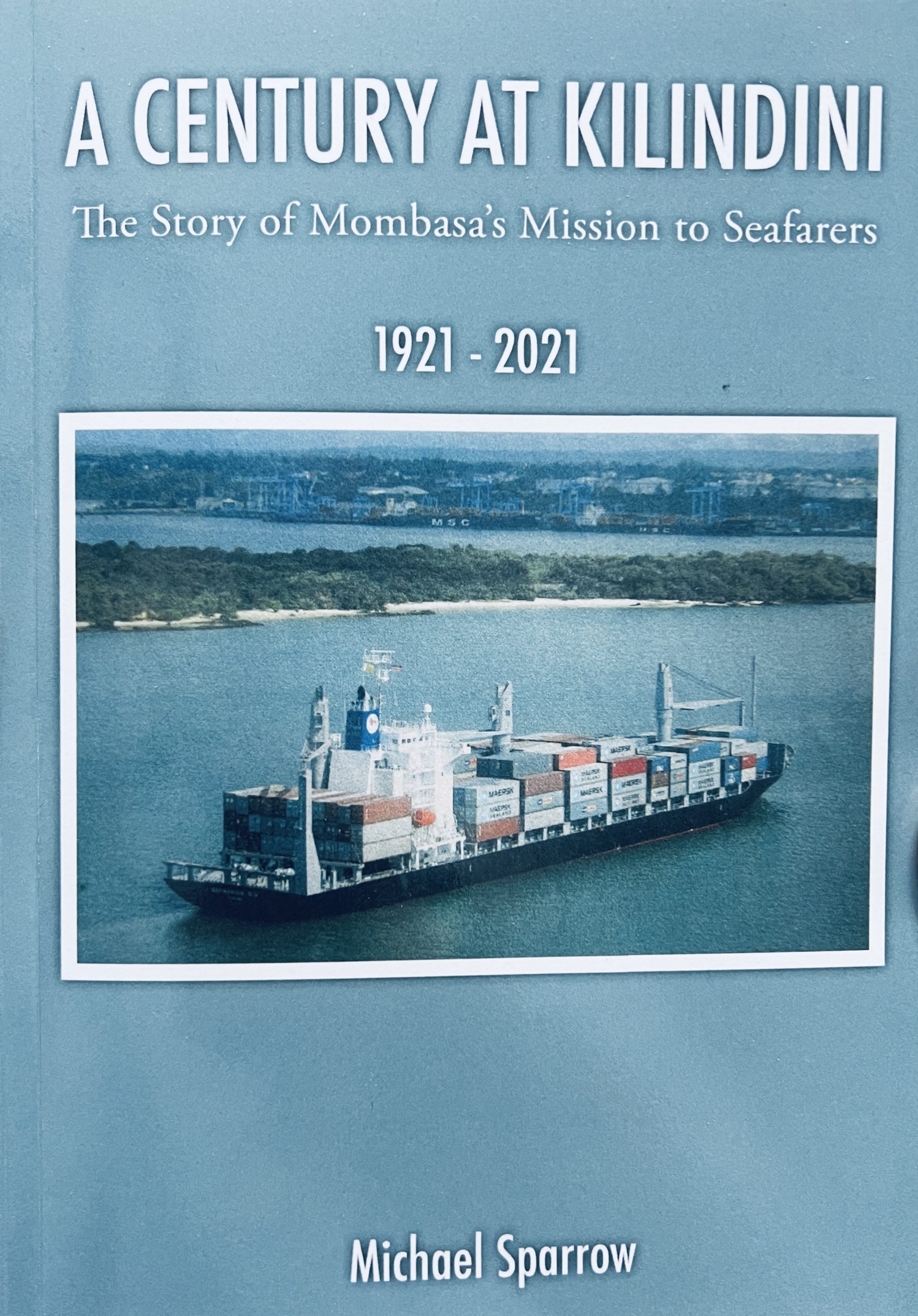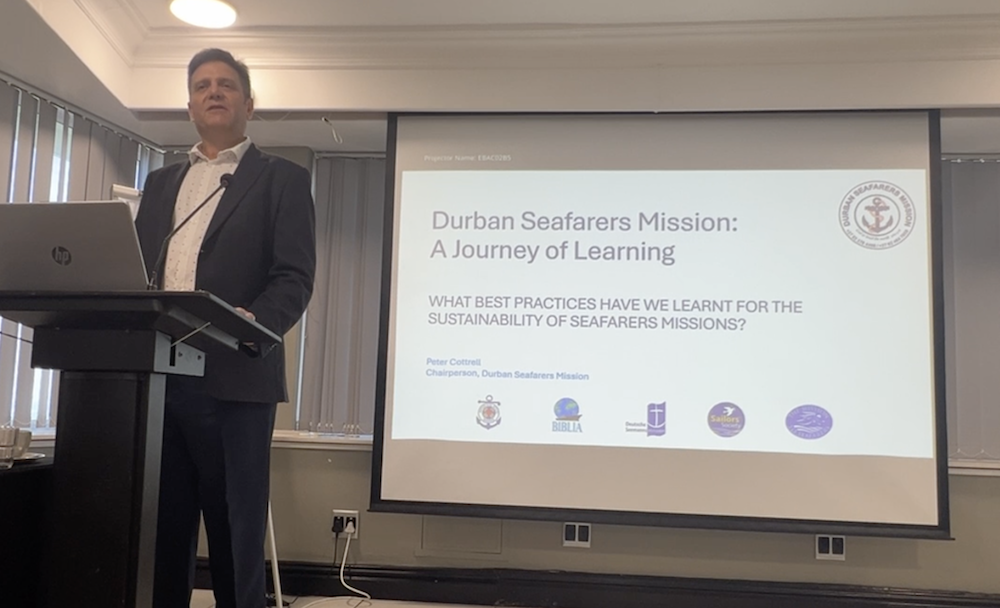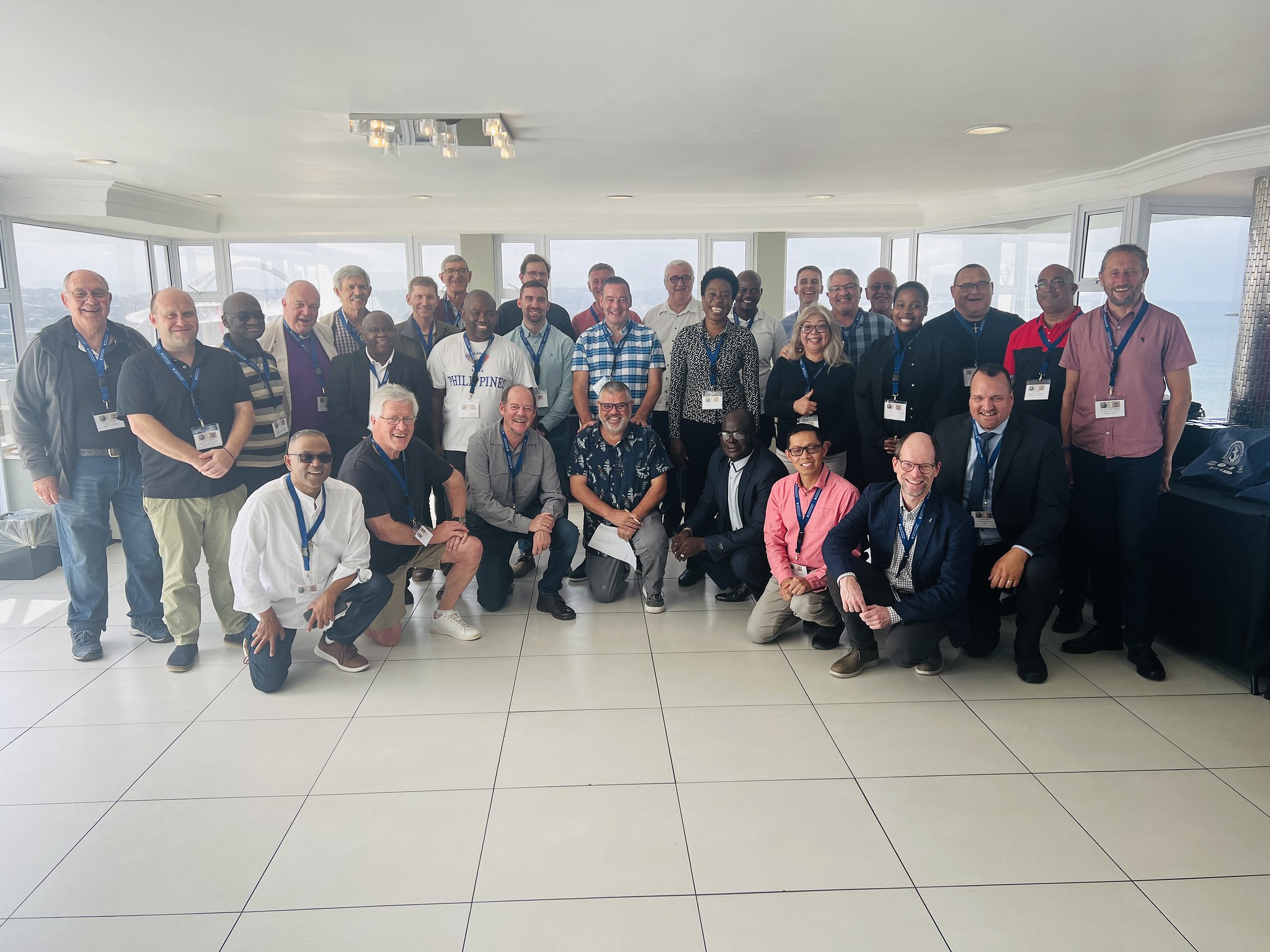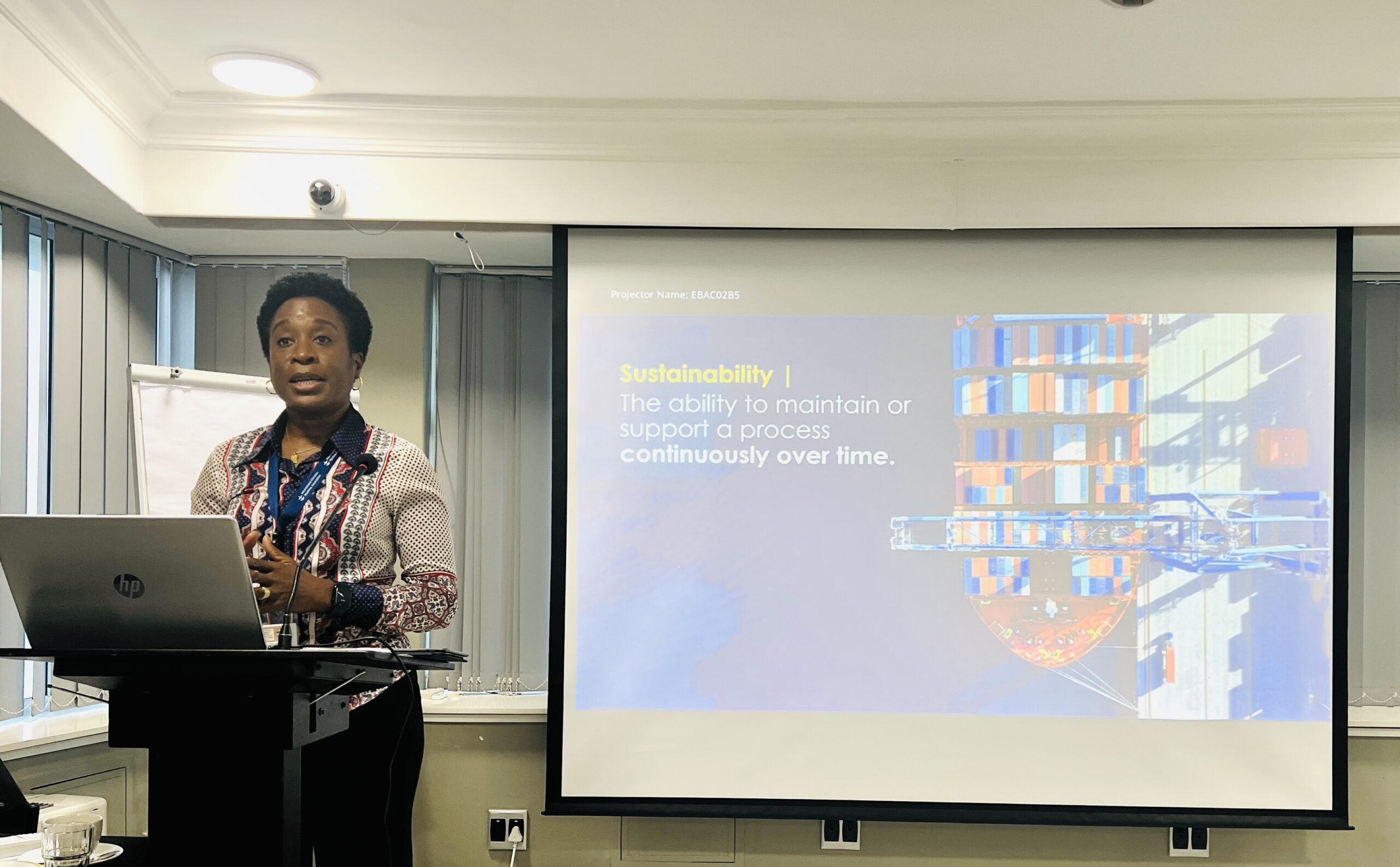Review by Dr. Jason Zuidema, NAMMA
Michael Sparrow, A Century at Kilindini: The Story of Mombasa’s Mission to Seafarers 1921-2021. Nairobi, 2021.
This is the second edition of the story of the mission in Mombasa, a thoroughly revised edition of the book that first came out in 2011. This edition adds more detail and many new photographs to bring the story up to date. The author, Michael Sparrow, was Port Chaplain in Mombasa with The Mission to Seafarers from 2005 to 2012.
The story focuses on the care of seafarers in Kilindini Port, the port of Mombasa, Kenya. Mombasa is a key maritime hub in East Africa and over the last century has witnessed all the stresses of war, political turmoil, piracy, and pandemic.
The author notes that Mombasa is one of the ancient seaports of the world. (1) It was during the First World War that the idea for a Mission to Seafarers location came to the port. “The formal beginning of the Mission’s work should probably be dated to January 1920, when the Revd G.M. Wright convened a meeting in Mombasa. The eighteen people who attended accepted the constitution of The Missions to Seamen and agreed to continue the work towards establishing a Mission club.”(7) In March 1921, The Rev’d Edmund Crawford, a CMS missionary was accepted as Acting Chaplain for the Mission and the government allocated a plot of land to build a centre. It proved difficult to find a stable chaplain in the first decade of the centre’s life, but the potential was clear: “Such large numbers attended the concerts and entertainments held there that it was necessary to extend and complete the ground floor of the building during the early weeks of 1924.” (12)
Stability arrived in the person of Rev’d Fred Cribb, who served as chaplain from 1931 until 1946. Many seafarers enjoyed the amenities of the club, including a four-hole golf course and tennis court. From the Society’s Annual Report for 1936, we read, “The Chaplain writes as if he really enjoyed his work, and seafarers certainly respond to the service he offers them.” (16)
The building was seized by the Kenyan Royal Naval Volunteer Reserve during World War II. Though operating without a building, the work of the Mission continued. They found temporary premises and provided valuable services to visiting merchant mariners. (19) When Singapore fell, Mombasa became a base for the Royal Navy: “the merchant shipping had increased to about three times the former peacetime tonnage, while the number of naval vessels had multiplied by six.” (24) A new, more fitting building was opened for the Mission in April 1944.
After the war, a key challenge was whether the Mission could amalgamate with the Merchant Navy Club in the construction of new buildings. The local port welfare committee had proposed the merger, but the Mission wanted to remain ‘dry’ (35). However, by 1959 a compromise was struck and construction on the new Merchant Navy Club adjacent to the Mission began. The issue was settled when The Revd Tom Kerfoot, Deputy General Secretary of The Mission to Seafarers clarified that beer could be sold so long as it was “with a meal and not from a ‘bar’ as such.” (39)
The newly refurbished club and mission buildings attracted larger crowds throughout the 1960s: “When Mombasa’s new club opened, Padre Morgan noted an increase of approximately 25% in the attendance of seafarers. He attributed that to the provision of a swimming pool, which brought seamen to the Mission during the afternoons.”(47) Yet, in the coming decade, the Mission started to feel the impact of quicker turn-around times because of containerization and the employment of non-British crews.
Financial pressure was particularly acute in 1979 but was resolved with the help of guidance from London in the subsequent years. Improvements to the building were made with the help of the newly set-up ITF Seafarers’ Trust. By the mid-1980s, it was a “novelty” to see British seafarers and container ships were now the norm. Accompanying more flags and diverse crew, were also new justice and welfare issues.
Financial and governance crisis hit the Mission again by 1990. For several years, huge changeover in and friction among trustees and staff led to significant monthly shortfalls. In 1990, a new chaplain Richard Diamond and several student Assistants joined the Mission to turn around its downward trajectory: “At his first meeting of the Management Committee, on 20 September 1990, the new Chaplain expressed his concern ‘that the aims of the Mission had been forgotten and that it had become a Social Club with no ships having been visited for over a year.’ He announced a number of measures to tackle the urgent problems.” (72) Over the next years he and his team implemented improvements to control spending and refocus the work.
Civil unrest and war in neighbouring Somalia and the Middle East brought more ship traffic into the port and more seafarers into the Mission. Though this brought in significantly increased revenue, it also meant unwanted behaviour: as one example, 56 glasses were broken in one week in 1995 by unruly American merchant mariner guests. Tragically, unwanted behaviour was not only from guests, but also staff: “frauds involving credit card receipts at the bar, and a long-running fraud which involved years of careful manipulation of the accounts…had effectively bankrupted the Mission by the time it was discovered in 2005.” (78)
Despite the challenges, the new century saw fresh, motivated staff and building renovations. But as the first decade progressed there were notable cases of abandonment and, increasingly, the scourge of piracy off the Somali coast. Mombasa port became a key centre of crew change for ships recently released from hijackers, but also a staging ground for security guards between vessels, many of who made use of the Mission.
Though the Covid-19 pandemic shuttered the Mission for several years, it has come out from the pandemic with a continued sense of purpose.
Sparrow’s history of the Mission to Seafarers in Mombasa mirrors and amplifies the experience of many other missions around the world which have followed the same contours of maritime trade. However, its strategic location in the wars of the last century and proximity to unrest in and piracy off Somalia in the last generation created unique challenges and opportunities that other seafarers’ missions did not see. The story testifies to a tremendous legacy of faithful work and the importance of seafarers’ ministry in ports around the world.




